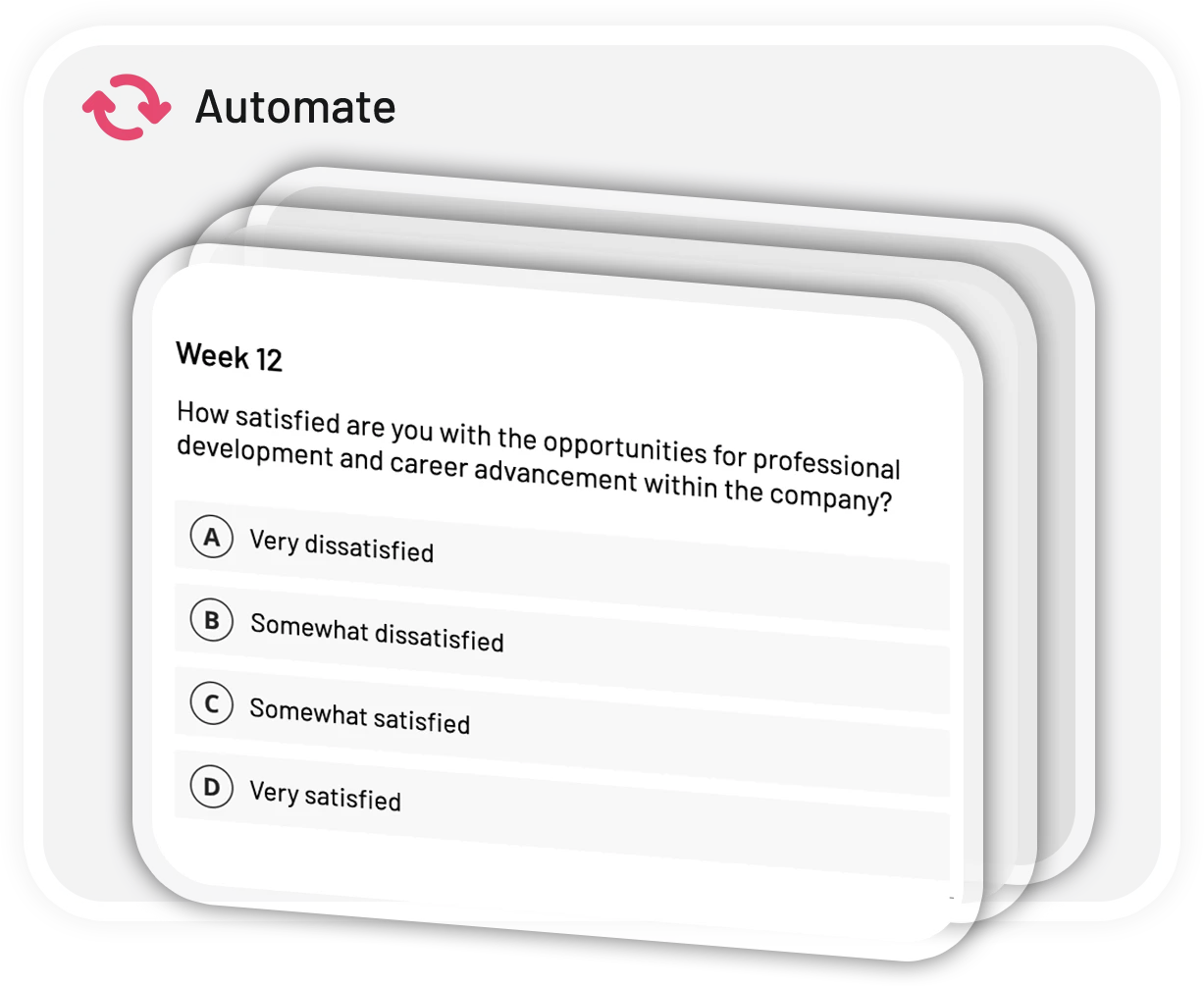The ideal work environment is something we all strive to achieve. Whether you are trying to build the ideal workspace for yourself or aiming to give your employees the ideal work environment, it is a long and arduous journey.
Here is the thing, the ideal working environment for everyone is different. While some may thrive in the chaos of a busy office, others might find the peace and comfort to be what the ideal work environment is.
We guarantee you that if we were to pull 50 random people out of the street and ask them: “Can you describe your ideal work environment?” We would end up with 50 different answers. While we are exaggerating to prove a point, it is a fact that everyone functions better under different circumstances.
So in all of this uncertainty, how can you create the ideal work environment for your employees? Well, the answer is right here!
Table of Contents
The Ideal Digital Working Environment
You can’t talk about having the ideal working environment without building a digital workspace or supplementing your physical office with the right technological infrastructure. This can take many shapes and forms. In fact, you can check out the lists below to find some of the best tools for the job:
If you want a simple solution, here are the only two things you need: A strong communication/collaboration platform, and an integrated performance management solution for it.
The best pairing we can suggest is definitely Microsoft Teams & Teamflect. Microsoft Teams is the undisputed king of communication platforms and Teamflect is the best performance management system for MS Teams.
Since Teamflect is completely free with full functionality for up to 10 users, you can try it inside Teams, without even needing to sign up! Give it a try and see how you feel.



